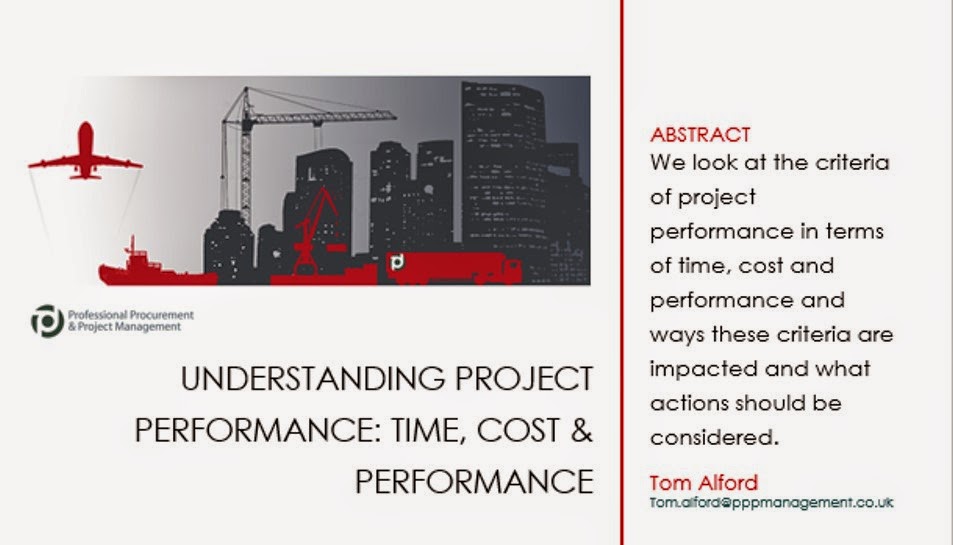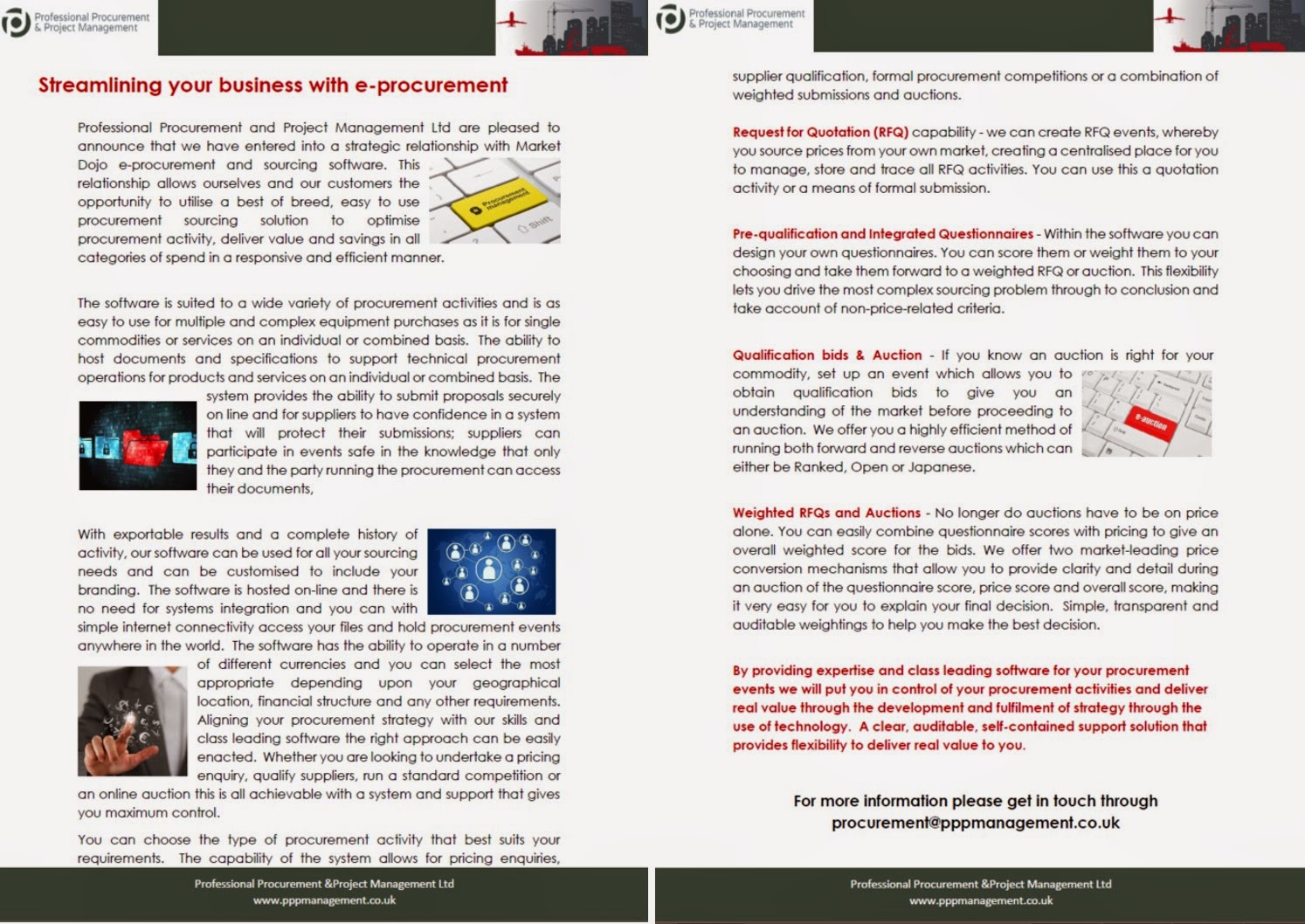NEC3: Building Stronger Teams

The NEC3 suite of contracts is seen by many as a step change in delivering collaboration to the construction arena. Much has been written on the benefits and challenges presented by the practicality of NEC3 contracts. We would like to focus on the benefits that NEC3 brings to building stronger more effective teams, this article will consider both practitioners and those with only an awareness of NEC3. The format and language of NEC3 allows for widespread understanding of the contract. The six options, 17 secondary options and use of Z clauses enables greater understanding and less of a reliance upon extensive legal training. Both those with an awareness and practitioners can gain a good understanding of the contents of specific NEC3 contracts through reading the contract. The ability to brief colleagues on the nuance of the contract and specific elements has the potential to increase the team ethos between different functions, i.e. contract administrators and the project m


